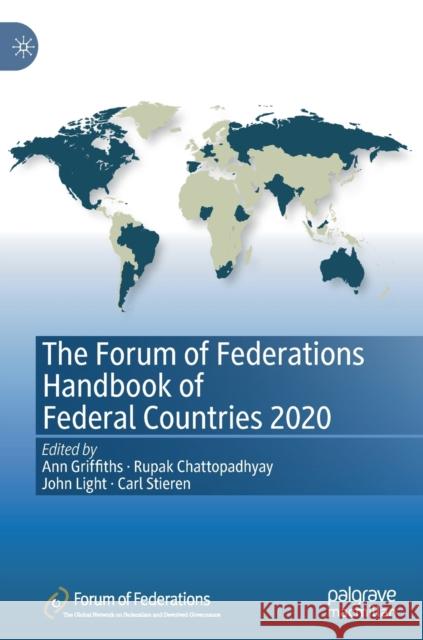The Forum of Federations Handbook of Federal Countries 2020 » książka
topmenu
The Forum of Federations Handbook of Federal Countries 2020
ISBN-13: 9783030420871 / Angielski / Twarda / 2020 / 404 str.
The Forum of Federations Handbook of Federal Countries 2020
ISBN-13: 9783030420871 / Angielski / Twarda / 2020 / 404 str.
cena 501,19 zł
(netto: 477,32 VAT: 5%)
Najniższa cena z 30 dni: 497,71 zł
(netto: 477,32 VAT: 5%)
Najniższa cena z 30 dni: 497,71 zł
Termin realizacji zamówienia:
ok. 20 dni roboczych.
ok. 20 dni roboczych.
Darmowa dostawa!
Kategorie BISAC:
Wydawca:
Springer Nature Switzerland AG
Język:
Angielski
ISBN-13:
9783030420871
Rok wydania:
2020
Wydanie:
2020
Ilość stron:
404
Waga:
0.66 kg
Wymiary:
21.01 x 14.81 x 2.39
Oprawa:
Twarda
Wolumenów:
01
Dodatkowe informacje:
Wydanie ilustrowane











